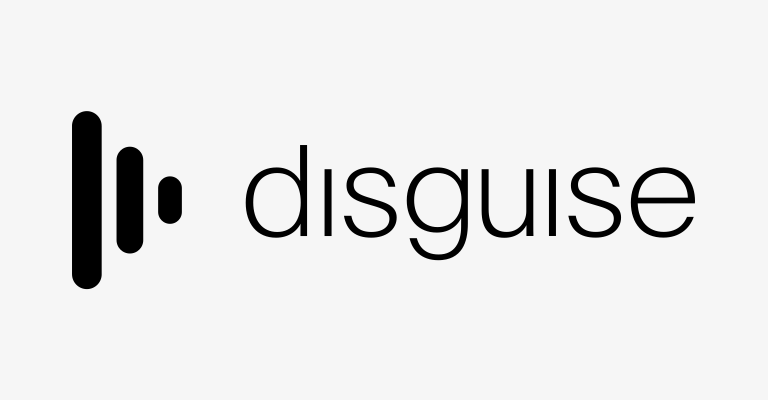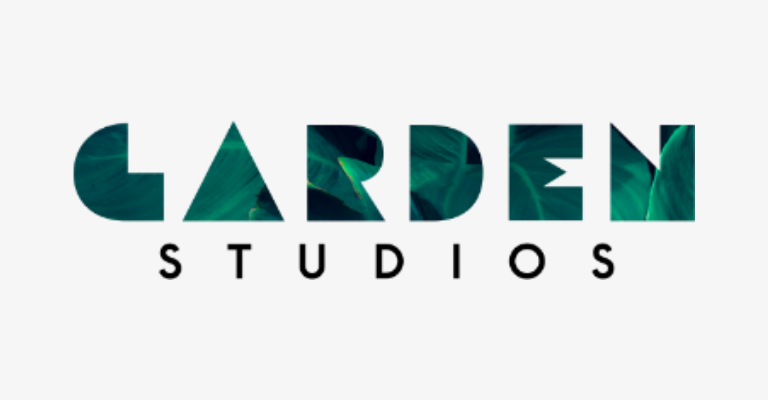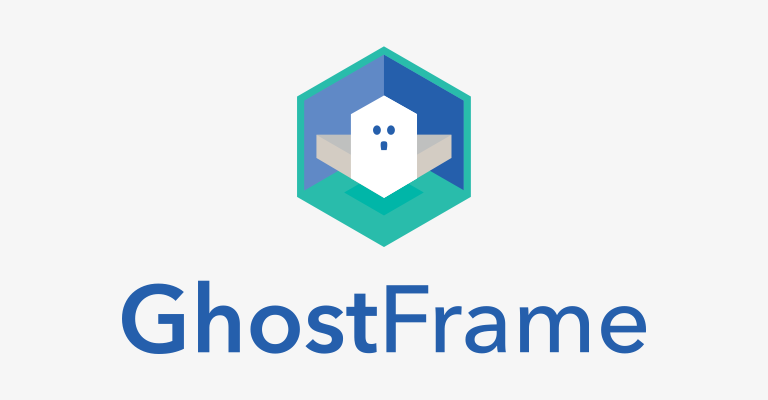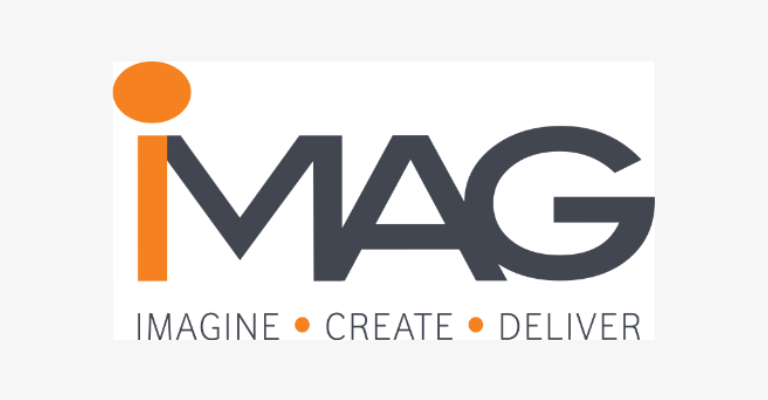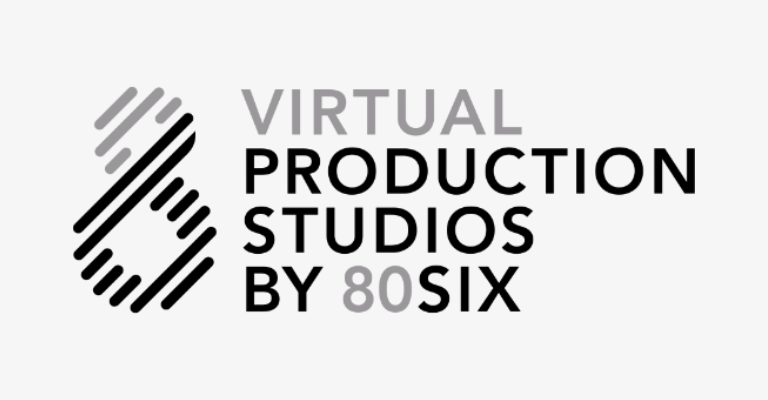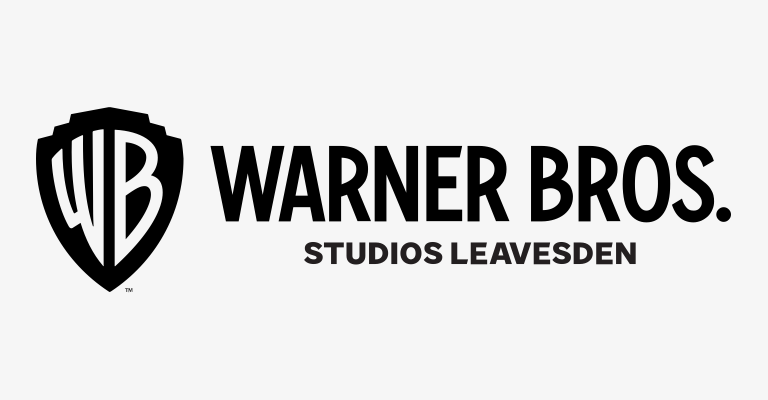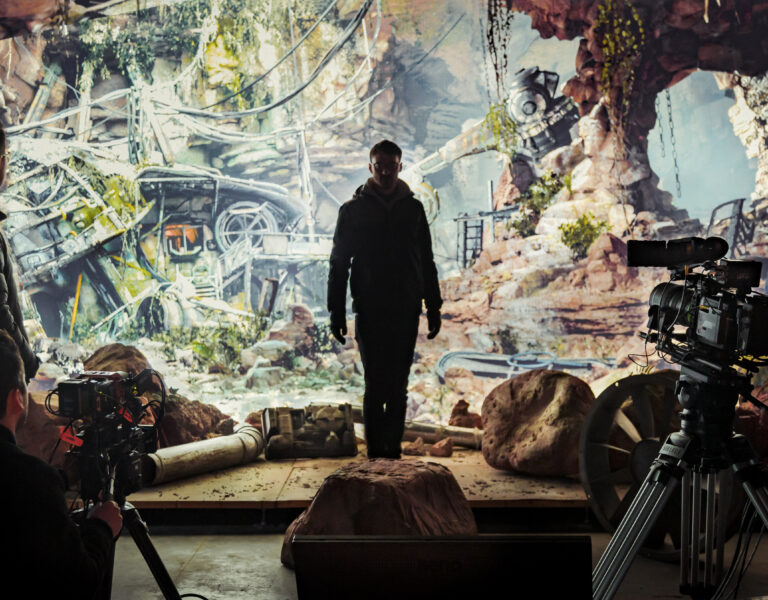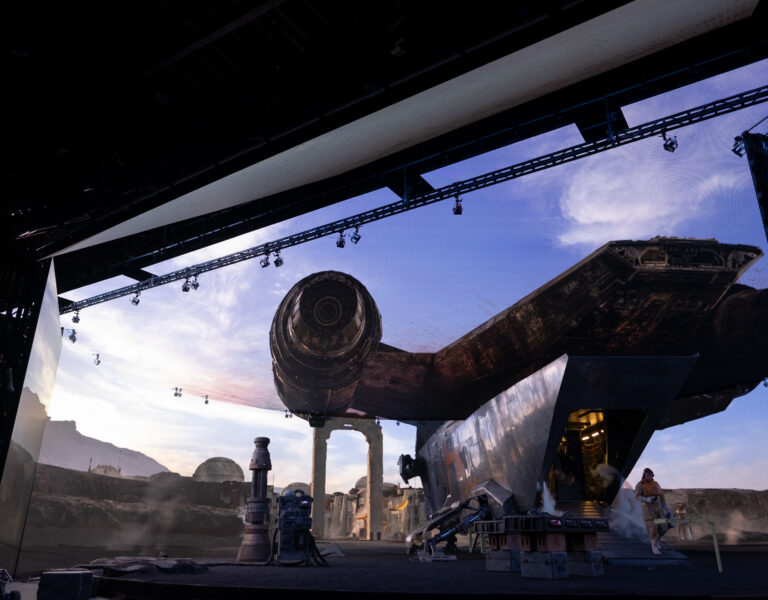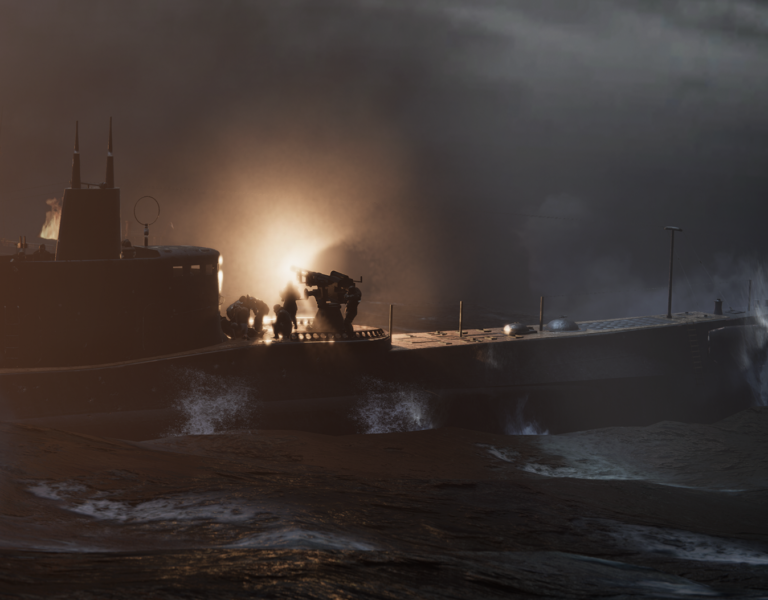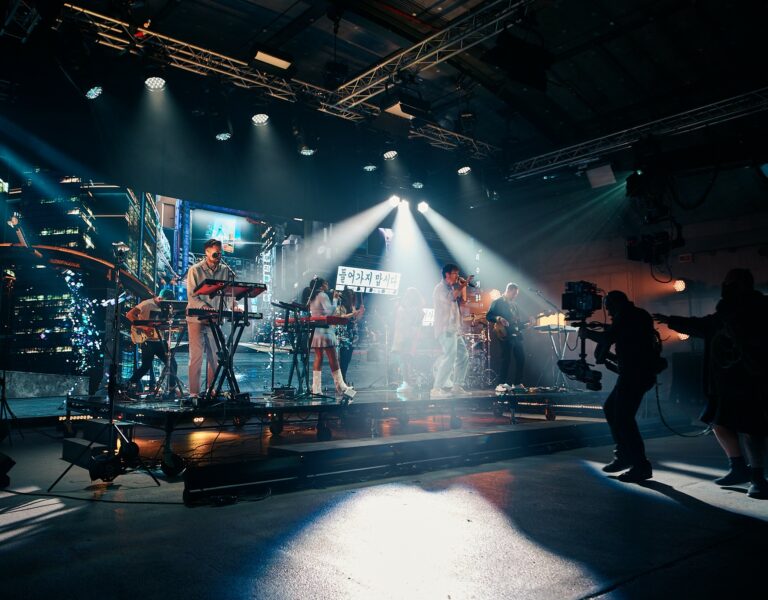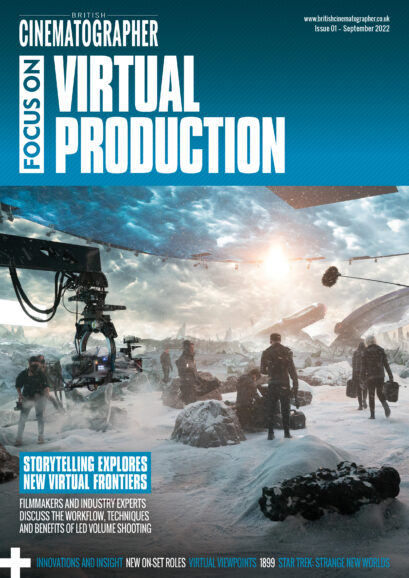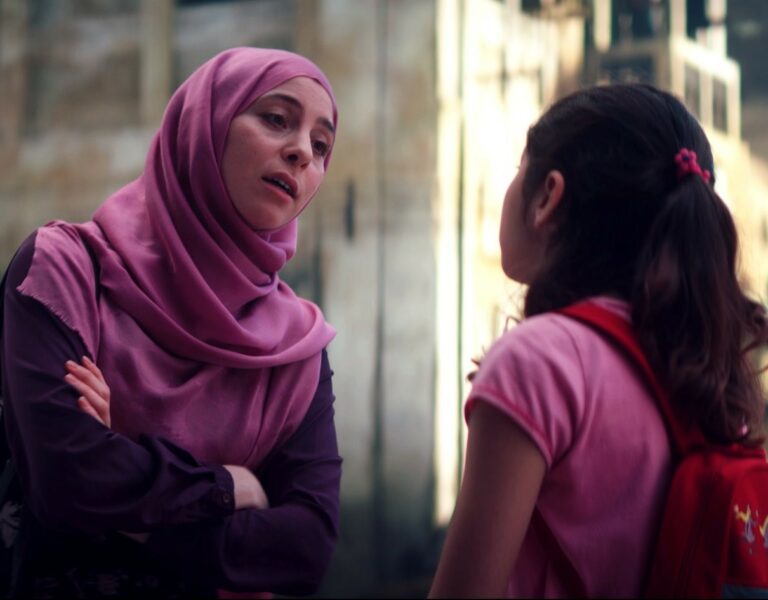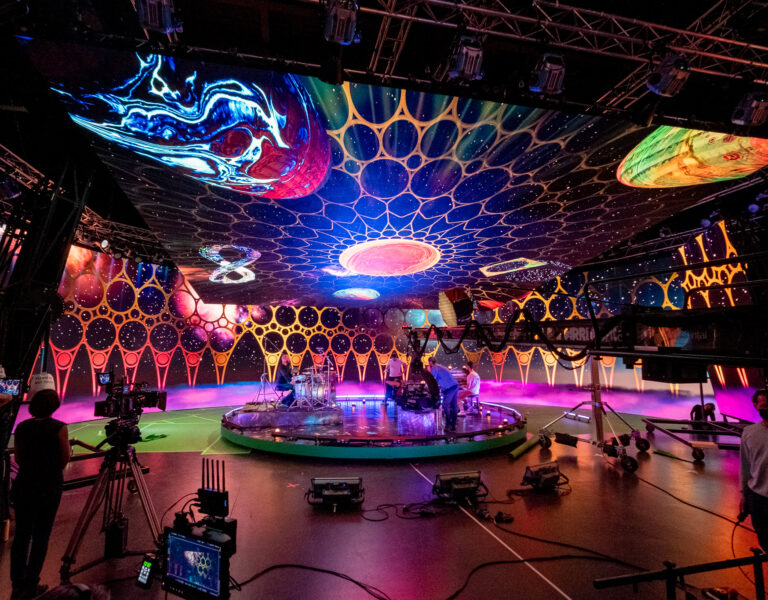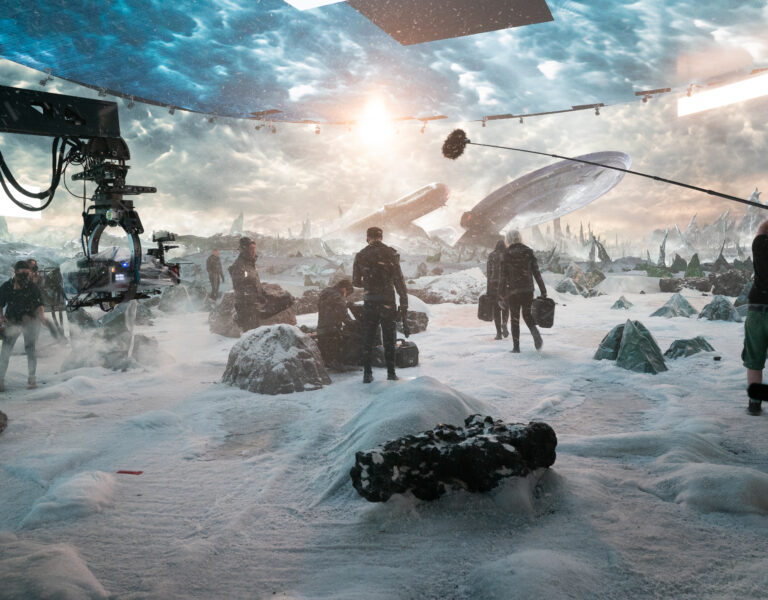Cinematographer Maria Guerberof shares her first experiences of shooting on an LED volume and the skills she learnt while on the National Film and Television School’s Virtual Production Certificate course.
The future of moviemaking is already here. The advances in technologies are re-shaping our traditional ways of working on set. I joined the Virtual Production Certificate course at the National Film and Television School (NFTS) because I wanted to add new skills to my practice as a cinematographer. Working in a LED volume at the NFTS was an exhilarating and fascinating experience. I’ve realised how important it is for cinematographers to understand the use of lighting in digital environments and how we can blend it with real elements on set.
Lessons I learnt included how to match the LED background to the scene, that it is not possible to focus on the LED wall currently, and that the distance from the actor to the wall needs to be carefully measured. This also plays an important part in the pixel size/resolution of the wall.
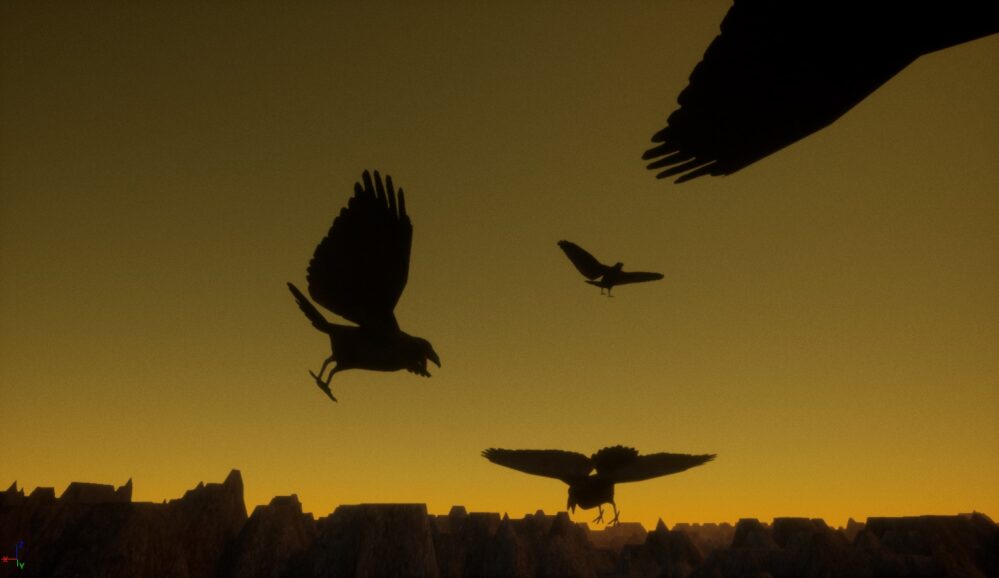
More than ever, it is essential to understand that working in volumes is a collaborative process.
Video game creators and postproduction teams now collaborate with traditional film crews on set where digital creation, VFX, and changes to the environment created by the volume can happen in real time. Understanding communication between the new VP supervisor and the cinematographer is also key.
The content of the NFTS course was exceptional, and the mentors are at the top of the game when it comes to the rapid changes and uses of the new technologies within this fast-paced area of filmmaking. Special thanks must go to our mentor, filmmaker Johnny Johnson; course leader Alan Thorn; and Warner Media for this opportunity. I would also like to thank director Jekaterina (Kate) Krylova; Archis Achrekar; Gary Cummings; and Hannah Winn as well as Stefanie Oswald and Bob Hill for their support on set.
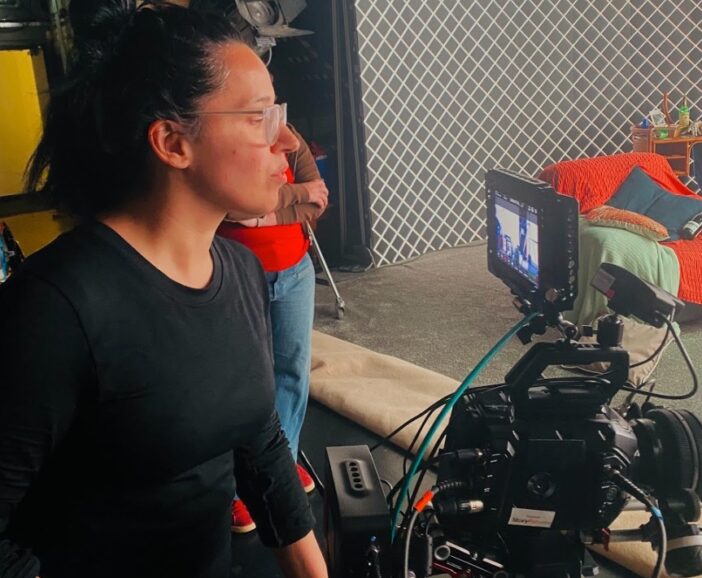
It was crucial for me to learn how to use Epic Games Unreal Engine and understand how the Unreal technical artists work. The course also taught me that it is helpful if the cinematographer gets involved in creating the digital environment. Being part of this early in the digital creation process helps guarantee a unified collective vision. We ensured all key crew had several preproduction meetings and made joint creative decisions.
After exploring the software, the course culminated in jumping into the volume to shoot our projects and get the chance to put the skills we had learnt into practice to fully understand the different workflows, digital assets, materials and lighting behaviour. On set, once the background is created and you have followed indications from the director and production designer, DPs mainly need to have a direct conversation with the VP supervisor to translate the creative vision of the cinematographer in ways such as modifying the digital assets.
I now use Unreal Engine for pre-visualisation and to communicate with directors, producers, and gaffers to create my lighting plan on set.
I think having the power to animate photorealistic environments, use crane shots, shoot in otherwise impossible locations, and incorporate metahumans all in one software is invaluable.
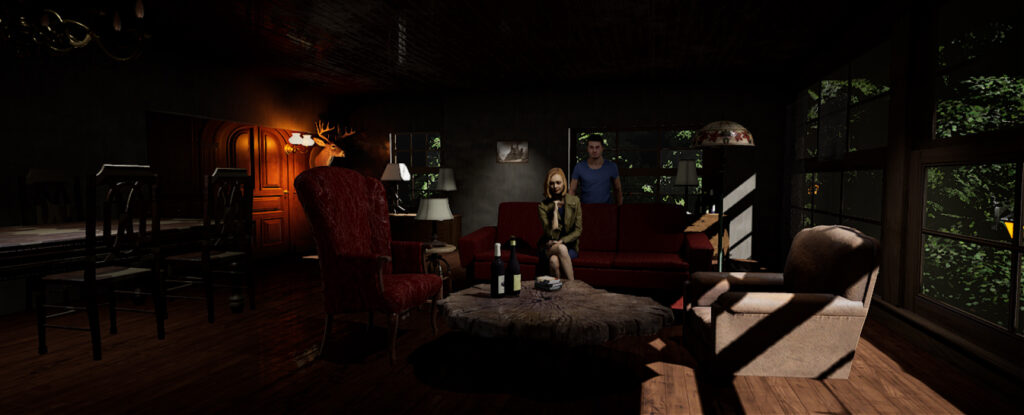
Some of the challenging aspects of working in a volume were finding the right angles of the directional light, avoiding lighting affecting the LED wall contrast, and ensuring we didn’t interfere with the sensors of the camera tracking system placed around the studio. I came up with the idea of creating a blueprint for a digital light moving during the scene, producing a police siren’s light effect from the digital virtual world. I then replicated the same effect with actual lights.
It’s important to embrace new technology to improve how we create meaning through our work and effectively communicate ideas through storytelling whilst thinking critically. As Canadian communication theorist Marshall McLuhan once said, “The medium is the message.”
–
Words by Maria Guerberof



